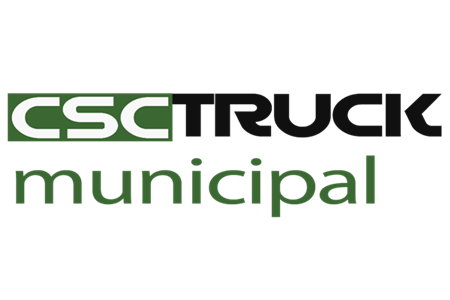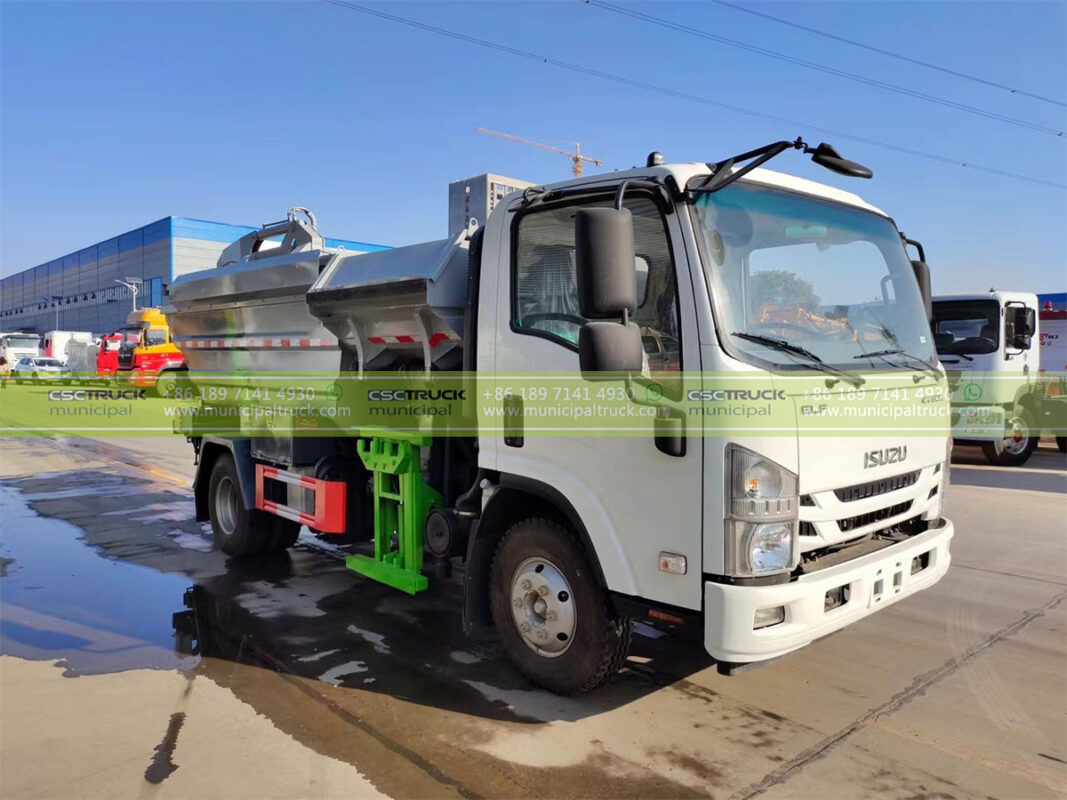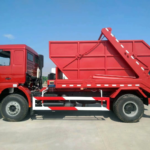In an era where efficiency and sustainability are at the forefront of urban development, self-tipping garbage trucks are emerging as a revolutionary solution that significantly enhances automated waste handling processes. These innovative vehicles, designed to streamline the collection and disposal of waste, embody the integration of advanced technology with practical functionality, ultimately transforming how municipalities and private waste management companies operate.
The Evolution of Waste Management
Historically, waste management has evolved from rudimentary methods of manual collection and disposal to sophisticated systems that prioritize efficiency and environmental sustainability. The advent of mechanical systems in waste collection, such as compactors and hydraulic lifts, marked the beginning of this evolution, allowing for larger volumes of waste to be collected with reduced labor. However, the introduction of self-tipping garbage trucks represents a significant leap forward, further automating the waste handling process and minimizing human intervention.
The Mechanism Behind Self-Tipping Garbage Trucks
At the core of self-tipping garbage trucks is a hydraulic tipping mechanism that allows the truck’s body to elevate and dump its contents with minimal effort from the operator. When the vehicle arrives at the disposal site, the driver can activate the tipping feature, which engages hydraulic cylinders that lift the rear of the truck, facilitating the seamless unloading of waste into the designated disposal area. This automated process not only reduces the physical strain on workers but also minimizes the time required for unloading, leading to increased operational efficiency.
The hydraulic system itself is engineered for reliability and power, often featuring a robust design that ensures consistent performance even under heavy loads. These systems are typically equipped with safety features that prevent accidental tipping, allowing operators to work with confidence. Furthermore, advancements in technology have led to the incorporation of control systems that can be managed from within the cab, providing operators with a user-friendly interface to manage the tipping process with precision.
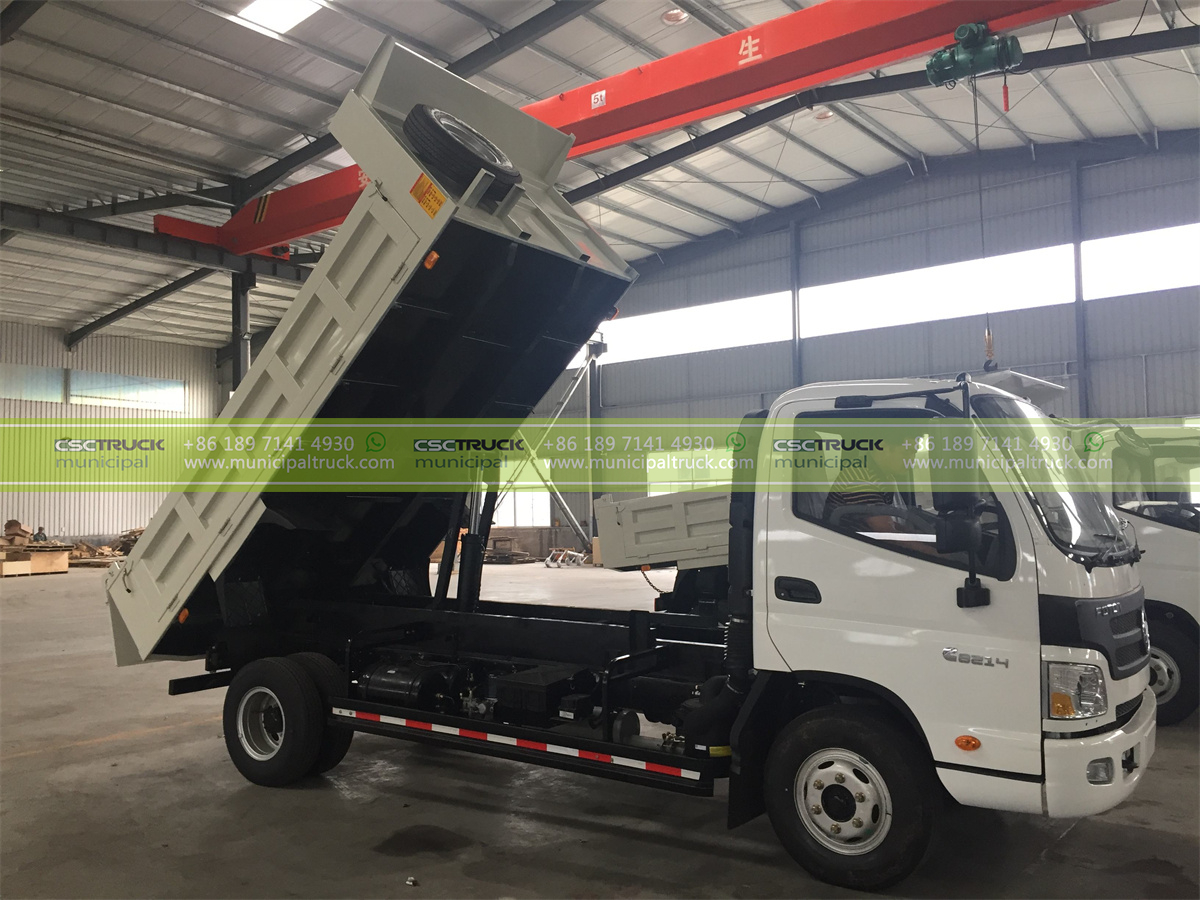
Enhanced Safety Features
Safety is a paramount concern in waste management, where workers are frequently exposed to hazardous environments and heavy machinery. Self-tipping garbage trucks address this concern through a variety of built-in safety mechanisms that protect both operators and the general public. For instance, the trucks are often equipped with stability controls that ensure the vehicle remains securely grounded during the tipping process, preventing any risk of tipping over.
Additionally, many models come with features such as rearview cameras, proximity sensors, and alarms that alert operators to any potential hazards in the vicinity. By reducing the need for manual handling and enhancing the safety of the tipping process, these trucks not only protect workers but also contribute to safer urban environments, minimizing accidents and injuries associated with waste collection.
The Environmental Impact
As cities continue to grapple with the challenges of waste disposal, the environmental impact of waste management practices becomes increasingly important. Self-tipping garbage trucks contribute to sustainability in several ways. Firstly, their efficiency in waste collection and disposal reduces the number of trips required to transfer waste to landfills or treatment facilities, thereby decreasing fuel consumption and emissions associated with waste transport.
Moreover, the design of these trucks often incorporates features aimed at reducing environmental footprints, such as compaction mechanisms that maximize payload capacity. By optimizing the volume of waste carried in each trip, these vehicles help to minimize the overall carbon emissions generated by waste collection operations. Furthermore, many self-tipping garbage trucks are now being designed with eco-friendly materials and technologies, reflecting a broader trend within the industry toward sustainability and environmental responsibility.
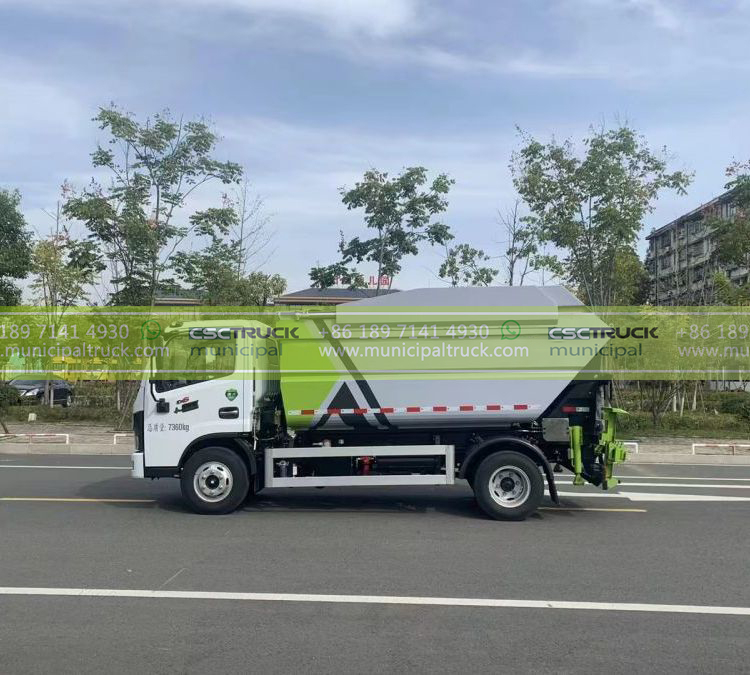
Cost-Effectiveness and Operational Efficiency
Investing in self-tipping garbage trucks may seem significant upfront; however, the long-term cost benefits are undeniable. By automating the tipping process, municipalities and waste management companies can achieve significant labor savings, as fewer workers are needed for manual unloading tasks. This reduction in workforce not only cuts labor costs but also allows for the reallocation of staff to other critical areas of waste management, enhancing overall operational efficiency.
Additionally, the increased speed at which waste can be collected and unloaded means that routes can be completed more quickly, leading to higher productivity levels. As a result, companies can optimize their operations to serve larger areas or handle increased volumes of waste without needing to invest in additional vehicles. In this way, self-tipping garbage trucks represent a financially sound investment for municipalities and waste management firms looking to modernize their fleets.
Versatility Across Different Waste Types
Self-tipping garbage trucks are not limited to the collection of general waste; they can also be adapted for various specialized waste streams, including recyclables, organic waste, and construction debris. This versatility makes them an invaluable asset in a comprehensive waste management strategy, allowing cities to manage diverse waste types efficiently.
For instance, in regions with robust recycling programs, self-tipping trucks can be equipped with compartments to separate recyclables from regular waste, facilitating effective sorting at the source. Similarly, these trucks can be utilized in industrial settings to handle construction debris, enabling contractors to dispose of waste materials swiftly and effectively. The adaptability of self-tipping garbage trucks ensures that they can meet the evolving needs of modern waste management practices.
The Role of Technology in Future Developments
As technology continues to advance, the capabilities of self-tipping garbage trucks are expected to expand further. The integration of smart technologies, such as GPS tracking and route optimization software, can enhance the efficiency of waste collection operations, allowing for real-time monitoring of truck locations and performance. This data-driven approach enables waste management companies to optimize routes, reduce fuel consumption, and improve service delivery.
Additionally, the potential for automation and autonomous driving technology presents exciting opportunities for the future of self-tipping garbage trucks. Imagine a fleet of fully autonomous vehicles that can navigate urban environments, collect waste, and return to the depot without human intervention. While this may still be on the horizon, the trajectory of technological advancements in the industry indicates that such developments are within reach.
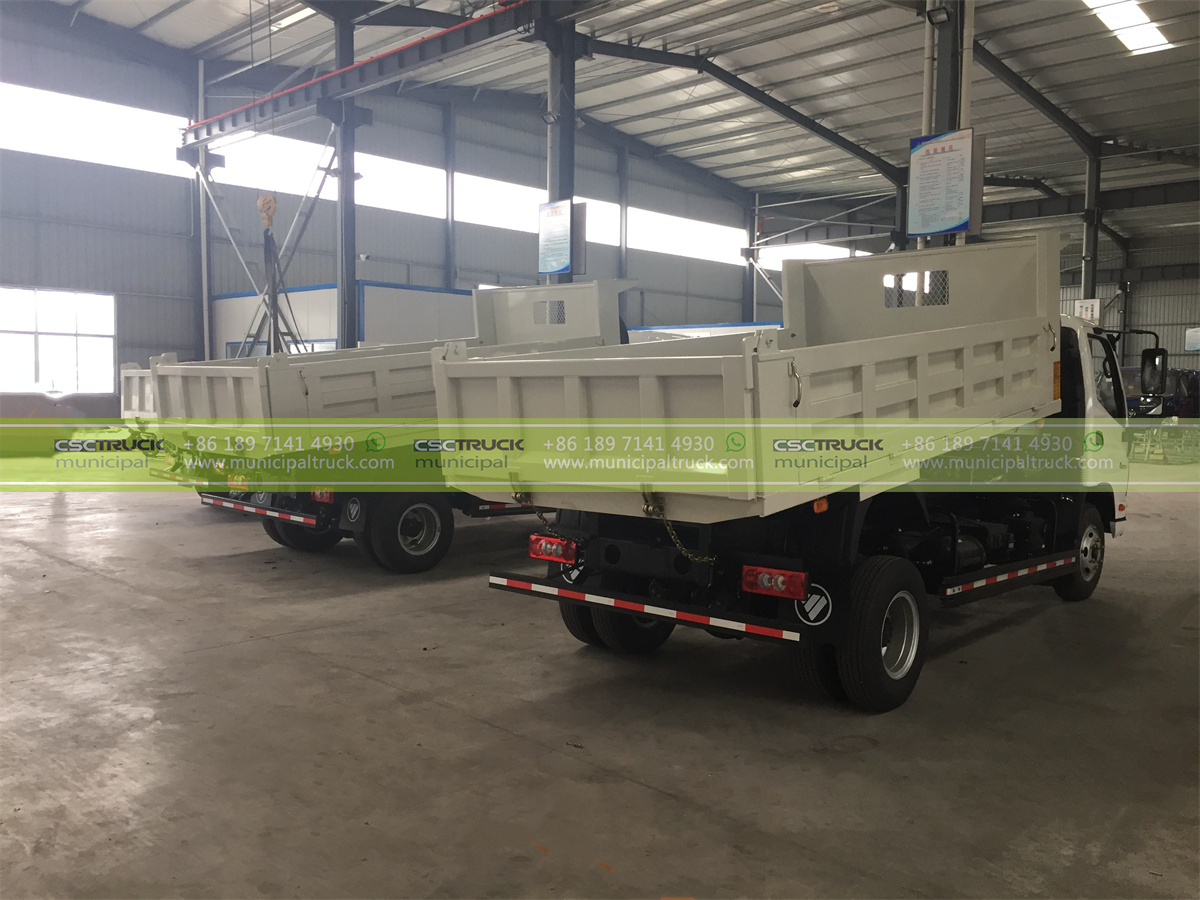
Conclusion: Embracing the Future of Waste Management
In conclusion, self-tipping garbage trucks are a significant advancement in the realm of automated waste handling, offering numerous benefits that include increased efficiency, enhanced safety, and reduced environmental impact. As cities strive to improve their waste management practices and adapt to the challenges of a growing population, these innovative vehicles are poised to play a crucial role in shaping the future of waste collection.
By embracing the capabilities of self-tipping garbage trucks, municipalities and waste management companies can not only improve their operational efficiencies but also contribute to a more sustainable and safer urban environment. As technology continues to evolve, the integration of smart features and autonomous capabilities will likely further enhance the effectiveness of these vehicles, solidifying their place as the future of automated waste handling in modern society.
